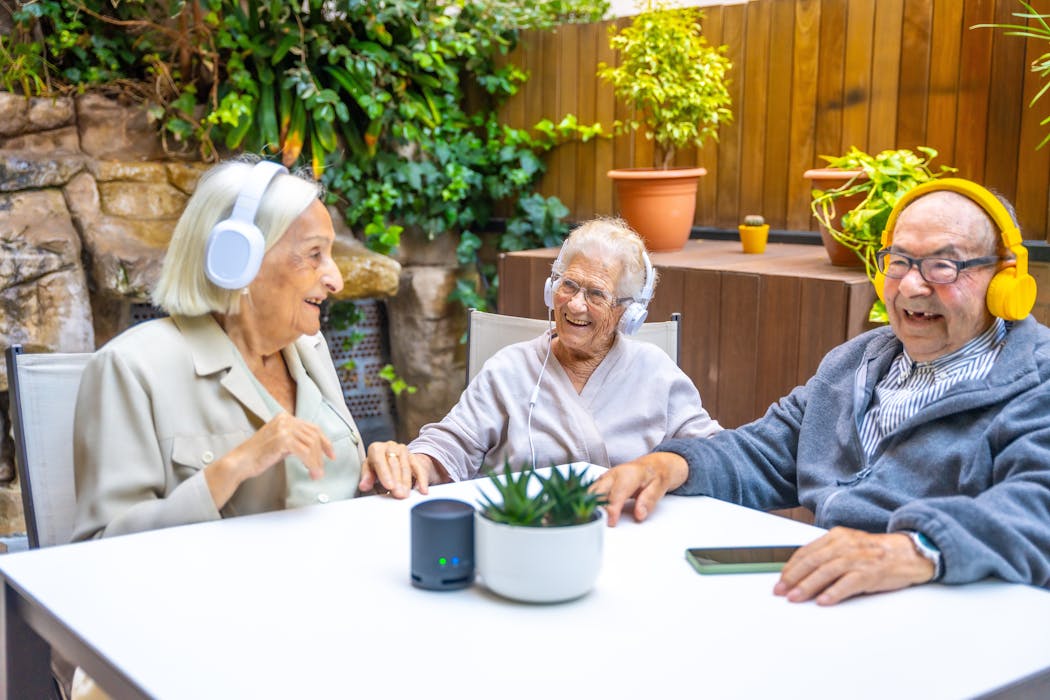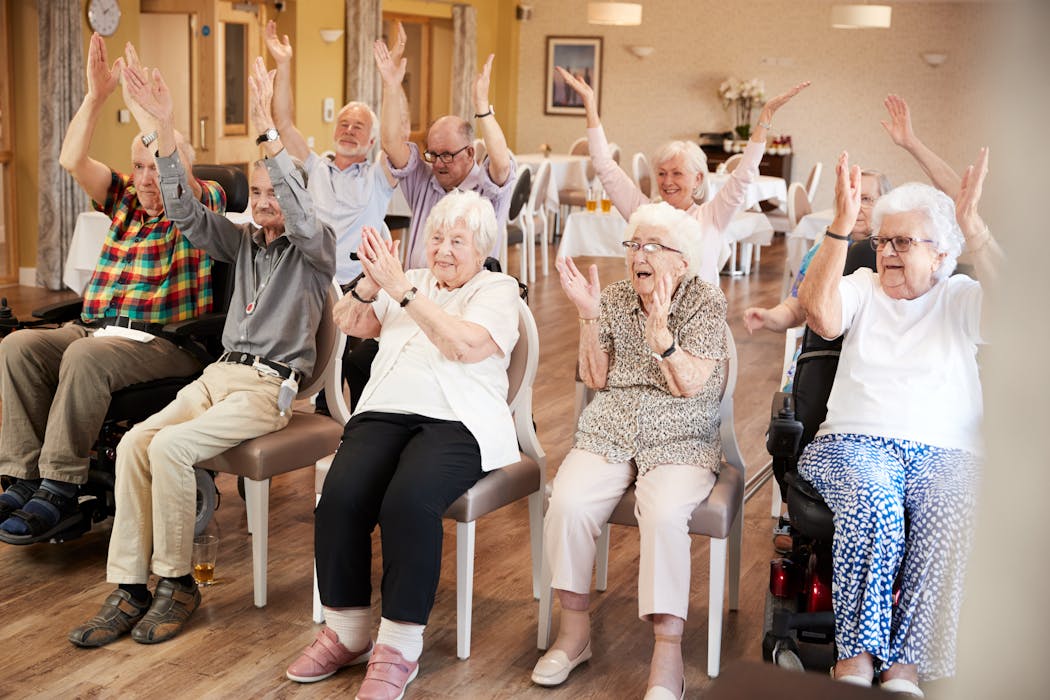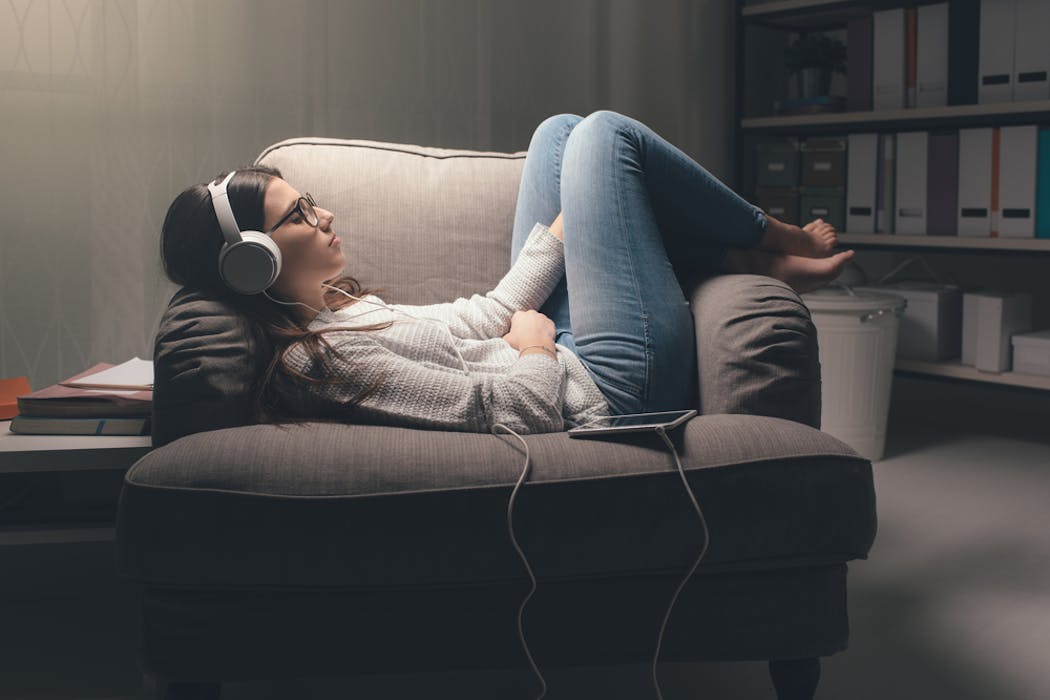Currently, many homes are not designed with the specific needs of people with disabilities in mind. This can lead to numerous challenges and limitations for individuals who require assistive devices or modifications to navigate their living spaces comfortably. From narrow doorways and steep staircases to inaccessible bathrooms and kitchens, the limitations of traditional home design can be frustrating and even dangerous for people with disabilities.
Understanding Assistive Housing: What is it?
Assistive housing refers to homes that are specifically designed to meet the needs of individuals with disabilities. These homes are equipped with various features and modifications that enhance accessibility, safety, and comfort. Assistive housing can take different forms, depending on the specific needs of the individual.
There are various types of assistive housing available, including accessible apartments, group homes, and specialized facilities such as assisted living communities or nursing homes. These types of housing provide different levels of support and care depending on the needs of the residents.
Examples of assistive housing features include wheelchair ramps, grab bars in bathrooms, adjustable countertops and cabinets, wider doorways, and accessible showers. These features are designed to make daily activities easier for individuals with disabilities and promote their independence.
The Benefits of Assistive Housing for People with Disabilities
Assistive housing offers numerous benefits for people with disabilities, improving their overall quality of life and well-being.
Firstly, assistive housing enhances the quality of life for individuals with disabilities by providing them with a safe and comfortable living environment. With features such as grab bars, wheelchair ramps, and accessible bathrooms, individuals can navigate their homes with ease and confidence. This promotes a sense of independence and self-sufficiency, allowing individuals to carry out daily activities without relying on constant assistance.
Secondly, assistive housing increases independence and autonomy for people with disabilities. By having a home that is specifically designed to meet their needs, individuals can perform tasks such as cooking, cleaning, and personal care independently. This not only boosts their self-esteem but also allows them to live life on their own terms.
Lastly, assistive housing enhances safety and security for individuals with disabilities. With features such as emergency call systems, motion sensor lighting, and accessible exits, individuals can feel secure in their homes. This reduces the risk of accidents or injuries and provides peace of mind for both the individual and their loved ones.
The Current State of Assistive Housing: Challenges and Limitations
While assistive housing offers numerous benefits, there are several challenges and limitations that need to be addressed.
One major challenge is the lack of affordable options for assistive housing. Many individuals with disabilities struggle to find housing that meets their needs within their budget. The cost of modifications or specialized facilities can be prohibitively expensive, making it difficult for individuals to access the housing they require.
Another limitation is the limited availability of assistive housing. In many areas, there is a shortage of accessible apartments or specialized facilities for individuals with disabilities. This can lead to long waiting lists or individuals being placed in housing that does not fully meet their needs.
Additionally, there is still a stigma surrounding assistive housing and misconceptions about the capabilities of people with disabilities. This can lead to discrimination or exclusion when it comes to accessing suitable housing options. It is important to challenge these misconceptions and promote inclusivity in home design.
Technological Advances in Assistive Housing: Smart Homes and IoT
Technological advances have played a significant role in revolutionizing assistive housing. Smart homes and the Internet of Things (IoT) have opened up new possibilities for individuals with disabilities to live independently and comfortably.
Smart homes are equipped with various devices and systems that can be controlled remotely or through voice commands. These devices can be integrated into assistive housing to provide additional support and convenience for individuals with disabilities.
Examples of assistive technology in smart homes include voice-activated assistants, smart thermostats, automated lighting systems, and remote-controlled appliances. These technologies can be programmed to meet the specific needs of individuals with disabilities, allowing them to control their environment with ease.
The benefits of smart homes for people with disabilities are numerous. Voice-activated assistants, such as Amazon’s Alexa or Google Assistant, can assist individuals with tasks such as turning on lights, adjusting the temperature, or even ordering groceries. This reduces the physical strain on individuals and promotes independence.
Designing for Accessibility: Universal Design Principles
Universal design is an approach to design that aims to create products and environments that are accessible and usable by people of all abilities. When it comes to home design, incorporating universal design principles can greatly enhance accessibility and inclusivity.
Universal design principles include features such as wide doorways and hallways, lever-style door handles, adjustable countertops and cabinets, non-slip flooring, and accessible bathrooms. These features are designed to accommodate a wide range of abilities and ensure that individuals with disabilities can navigate their homes comfortably.
By incorporating universal design principles into home design, individuals with disabilities can have homes that are not only accessible but also aesthetically pleasing. Universal design promotes inclusivity and eliminates the need for separate modifications or adaptations.
Innovations in Home Automation: Voice-Activated Assistive Technology
Voice-activated technology has become increasingly popular in home automation, providing individuals with disabilities with greater control over their living environment.
Voice-activated technology allows individuals to control various devices and systems in their homes through voice commands. This can include turning on lights, adjusting the temperature, locking doors, or even operating appliances.
Examples of voice-activated technology in home automation include smart speakers, such as Amazon Echo or Google Home, that can be connected to other devices in the home. Individuals can simply give voice commands to these devices, eliminating the need for physical interaction.
The benefits of voice-activated technology for people with disabilities are significant. Individuals who may have limited mobility or dexterity can easily control their environment without the need for physical exertion. This promotes independence and reduces reliance on others for assistance.
The Role of Virtual Reality in Assistive Housing Design
Virtual reality (VR) has emerged as a powerful tool in assistive housing design, allowing individuals to experience and evaluate different design options before construction begins.
Virtual reality involves creating a computer-generated simulation of a three-dimensional environment that can be interacted with using specialized equipment, such as VR headsets. In the context of assistive housing design, virtual reality can be used to create virtual models of homes and allow individuals to navigate and experience them.
By using virtual reality, individuals with disabilities can provide feedback on design options and modifications before they are implemented. This allows for greater customization and ensures that the final design meets their specific needs.
The benefits of virtual reality in assistive housing design are numerous. It allows individuals to have a realistic understanding of how their home will look and function before construction begins. This reduces the risk of costly modifications or adaptations after the fact and ensures that the final design is tailored to their needs.
Sustainable and Energy-Efficient Assistive Housing
Sustainable and energy-efficient housing is not only beneficial for the environment but also for individuals with disabilities. By incorporating sustainable features into assistive housing, individuals can enjoy a range of benefits.
Sustainable housing refers to homes that are designed to minimize their environmental impact by reducing energy consumption and utilizing renewable resources. Energy-efficient housing, on the other hand, focuses on reducing energy consumption through various design features and technologies.
Examples of sustainable and energy-efficient features in assistive housing include solar panels, energy-efficient appliances, insulation, and rainwater harvesting systems. These features not only reduce utility costs but also promote a healthier and more comfortable living environment.
For individuals with disabilities, sustainable and energy-efficient housing can provide additional benefits. By reducing energy consumption, individuals can save on utility costs, which can be particularly important for those on fixed incomes. Additionally, sustainable features such as improved insulation can help regulate indoor temperatures, ensuring a comfortable living environment.
Collaborative Design: Involving People with Disabilities in the Design Process
Involving people with disabilities in the design process is crucial for creating truly inclusive and accessible homes. By including their perspectives and experiences, designers can gain valuable insights and ensure that the final design meets their needs.
Collaborative design projects that involve people with disabilities have been successful in creating innovative and inclusive housing solutions. By working together, designers and individuals with disabilities can identify specific challenges and develop creative solutions that address their unique needs.
Benefits of collaborative design for people with disabilities include a sense of ownership and empowerment. By being actively involved in the design process, individuals can have a say in how their homes are designed and ensure that their needs are met.
The Future of Assistive Housing and its Impact on Society
The revolutionization of home design through assistive housing has the potential to greatly impact society as a whole. By creating homes that are accessible and inclusive for people with disabilities, we can promote equality and inclusivity.
The future of assistive housing lies in continued innovation and collaboration. Technological advances such as smart homes and virtual reality will continue to play a significant role in enhancing accessibility and independence for individuals with disabilities.
It is crucial that we continue to challenge misconceptions and stigmas surrounding assistive housing. By promoting inclusivity and accessibility in home design, we can create a society that values the rights and needs of all individuals, regardless of their abilities.































